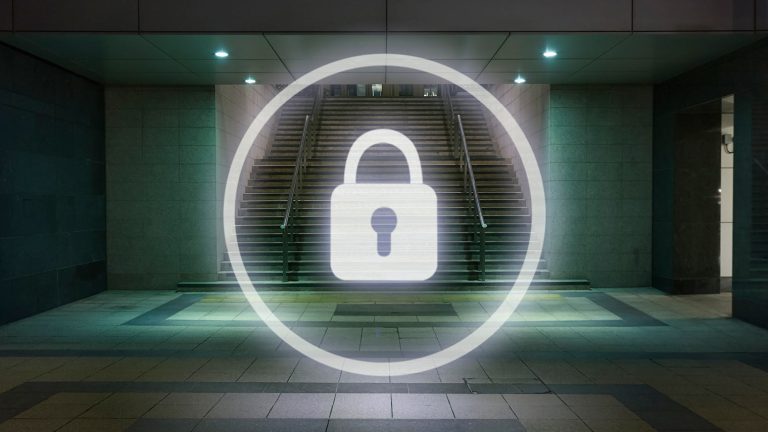Phishing, Fraudulent, and Malicious Websites
Whether we like it or not, we are all living in the Information Age. We have nothing left but adapt to rapidly developing information technology, no matter who we are and what we do for living.
The Internet, in particular, means for us boundless opportunities in life and business – but also lots of dangers unheard of just a decade ago. We should be aware of these dangers if we want to use the huge potential of the Internet and to avoid the hazards it brings us.
Warning: There are Websites You’d Better Not Visit
Phishing websites
Thanks to authors of numerous articles on this topic, “classic” phishing technique is relatively well known. This scam involves setting bogus websites and luring people to visit them, as a rule, by links in emails. Phishing website is disguised to look like a legitimate one — of a bank or a credit card company, and users are invited to provide their identifying information. Sites of this kind are used solely to steal users’ passwords, PIN numbers, SSNs and other confidential information.
At first phishing consisted only of a social engineering scam in which phishers spammed consumer e-mail accounts with letters ostensibly from banks. The more people got aware of the scam, the less spelling mistakes these messages contained, and the more these fraudulent websites resembled legitimate ones. Phishers are getting smarter. They eagerly learn; there is enough money involved here to turn criminals into earnest students.
Keyloggers and Trojans
Since about November 2004 there has been a lot of publications of a scheme which at first was seen as a new kind of phishing. This technique includes contaminating a PC with a Trojan horse program. The problem is that this Trojan contains a keylogger which lurks at the background until the user of the infected PC visits one of the specified websites. Then the keylogger comes to life to do what it was created for — to steal information.
It seems that this technique is actually a separate scam aimed at stealing personal information and such attacks are on the rise. Security vendor Symantec warns about commercialisation of malware — cyber-criminals prefer cash to fun, so various kinds of information-stealing software are used more actively.
Fraudulent websites are on the rise
Websense Security Labs — a well-known authority in information security — noticed a dramatic rise in the number of fraudulent websites as far back as in the second half of 2004. These sites pose as ones for e-commerce; they encourage users to apply for a reward or purchase something, of course never delivering the product or paying money. The most popular areas for such fraud are online pharmacies, lottery scams, and loan / mortgage sites. Experts predict there will be more fake merchants in future and their scams will become more sophisticated.
A Hybrid Scam
In April Panda Software warned Internet users of a new particularly brazen scam aimed at stealing confidential information. The technique used here looks like a hybrid between phishing and a fraudulent website.
Panda Software identified several websites offering cheap airline tickets which in fact weren’t selling anything; the aim was to cheat users out of credit card details.
This scam is very simple; the thieves simply wait until some unsuspecting user who is searching for, say, airline ticket offers, finds their site offering dirt-cheap airline tickets. Really pleased with himself and looking forward to the trip, the user fills in the form, entering his credit card number, expiry date and verification value (CVV).
As soon as these details have been entered, an error page appears; it tells the user that the transaction has been unsuccessful, and offers instructions on how to pay for the ticket by postal money order. So the user may well be fooled twice. He loses his credit card details, putting them right into the hands of cyber-crooks, and then loses money, if decides to buy the ticket by money order.
Of course, these sites have already been disabled, but who knows whether (or better to say when) other ones will appear again, this time offering all kinds of products.
Malicious websites are especially dangerous. Cyber-criminals create them exclusively to execute malicious code on the visitors’ computers. Sometimes hackers infect legitimate sites with malicious code.
Bad news for blog readers: blogs can be contaminated, too. Since January, Websense Security Labs has discovered hundreds of these “toxic” blogs set by hackers.
When unsuspecting users visit malicious sites, various nasty applications are downloaded and executed on their computers. Unfortunately, more and more often these applications contain keyloggers–software programs for intercepting data.
Keyloggers, as it is clear from the name of the program, log keystrokes –but that’s not all. They capture everything the user is doing — keystrokes, mouse clicks, files opened and closed, sites visited. A little more sophisticated programs of this kind also capture text from windows and make screenshots (record everything displayed on the screen) – so the information is captured even if the user doesn’t type anything, just opens the views the file.
In February and March 2005, Websense Security Labs researched and identified about 8-10 new keylogger variants and more than 100 malicious websites which are hosting these keyloggers EACH WEEK. From November of 2004 through December 2004 these figures were much smaller: 1-2 new keylogger variants and 10-15 new malicious websites per week. There is by all means a disturbing tendency–the number of brand-new keyloggers and malicious website is growing, and growing rapidly.
What a user can do to avoid these sites?
As for phishing, the best advice is not to click any links in any email, especially if it claims to be from a bank.
Opening an attachment of a spam message can also trigger the execution of malicious program, for example a keylogger or a keylogger-containing Trojan horse.
As for fraudulent websites, maybe buying goods only from trusted vendors will help — even if it is a bit more expensive.
As for malicious websites… “Malicious websites that host adult entertainment and shopping content can exploit Internet Explorer vulnerabilities to run code remotely without user interaction.”(a quote from the Websense’s report). What can a user do about it? Not much, but avoiding adult sites and buying only from known and trusted online stores will reduce the risk.
Hackers also attract traffic to malicious websites by sending a link through spam or spim (the analog of spam for instant messaging (IM). So a good advice never follow links in spam is worth remembering once more.






